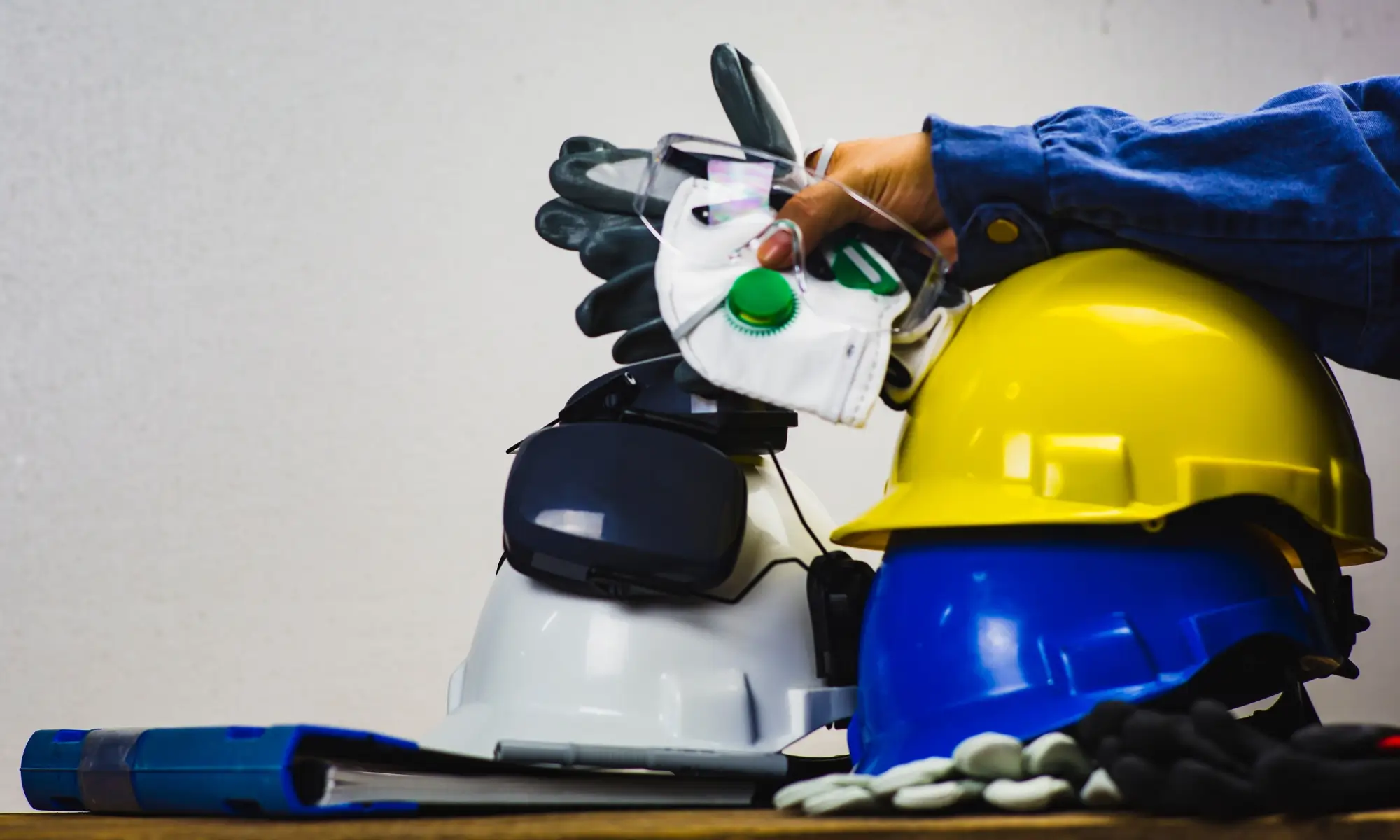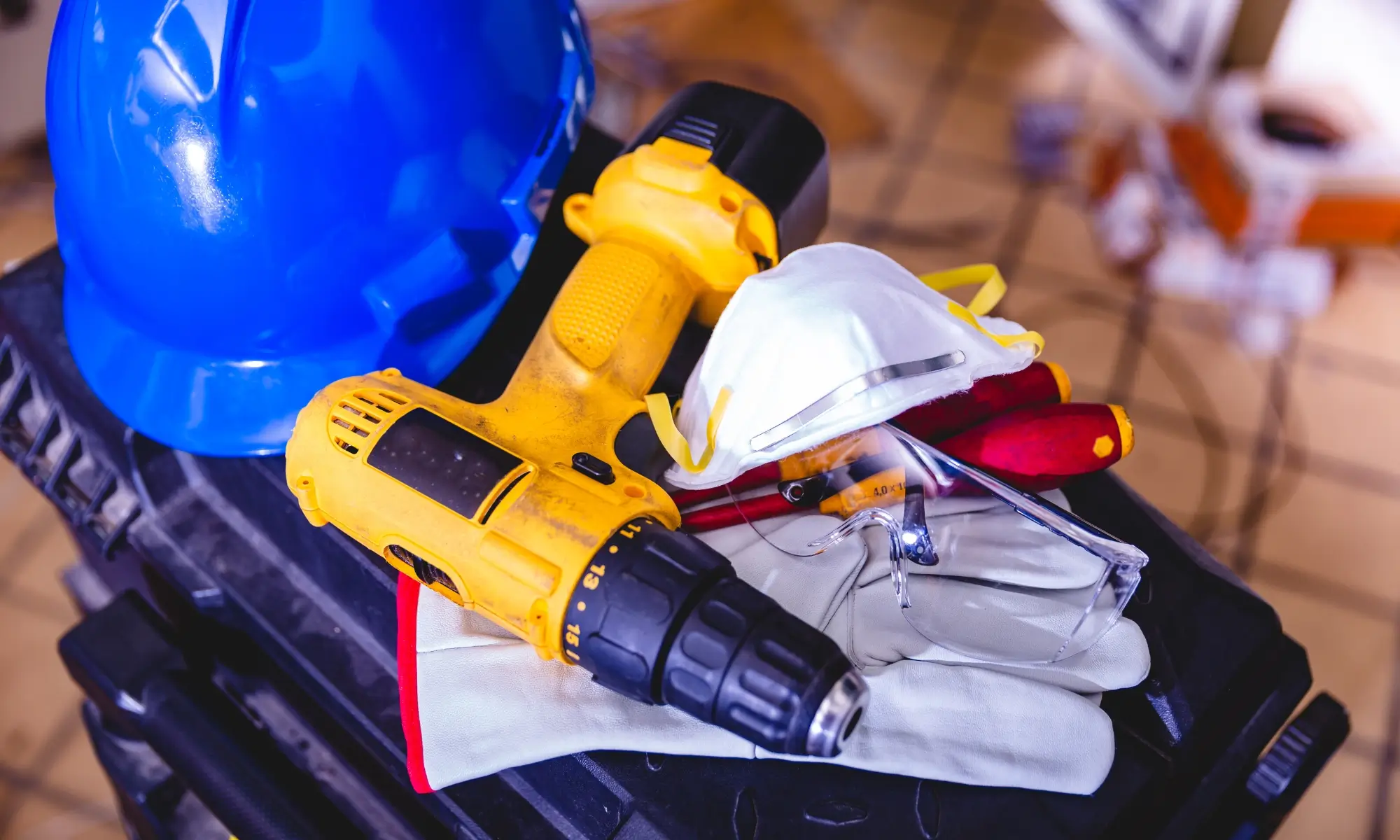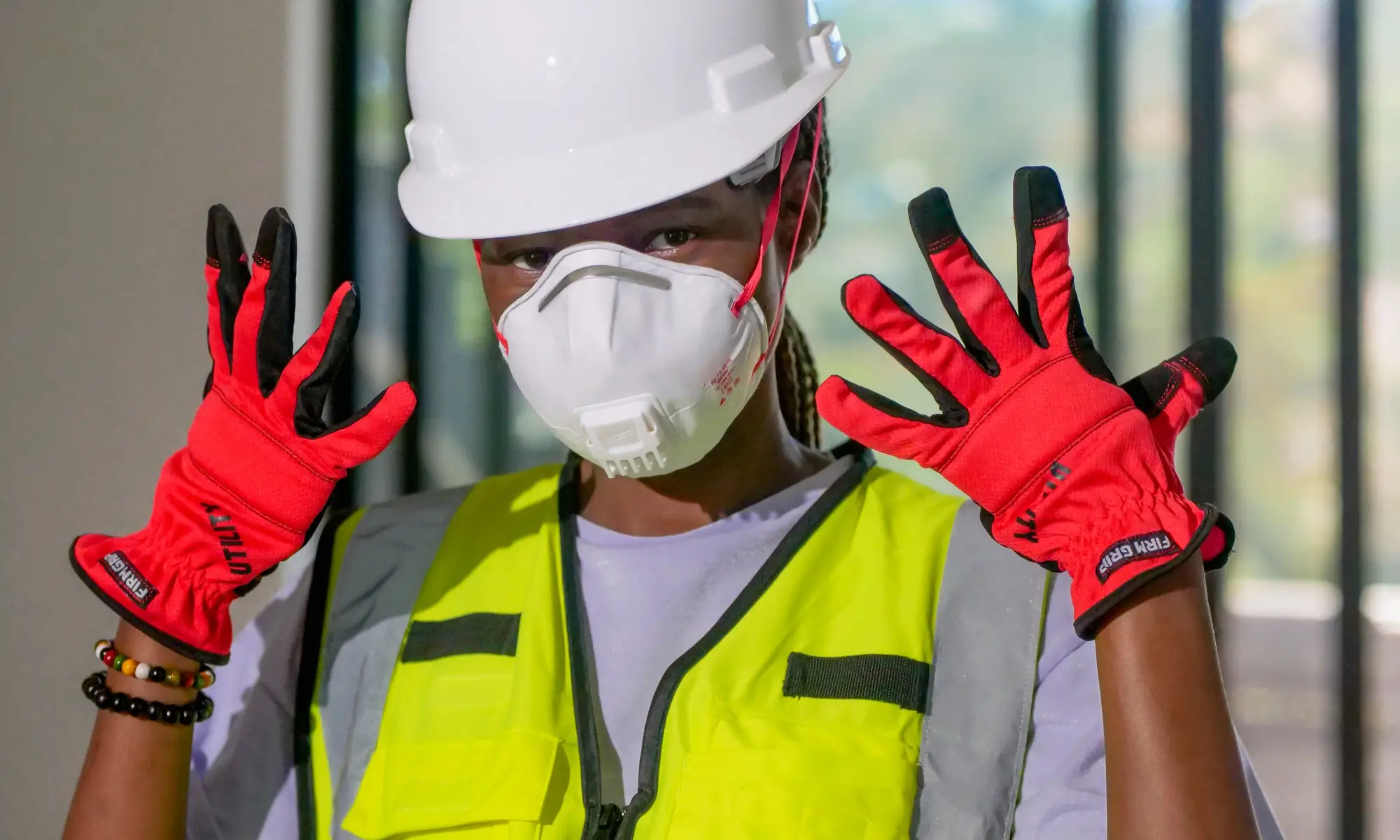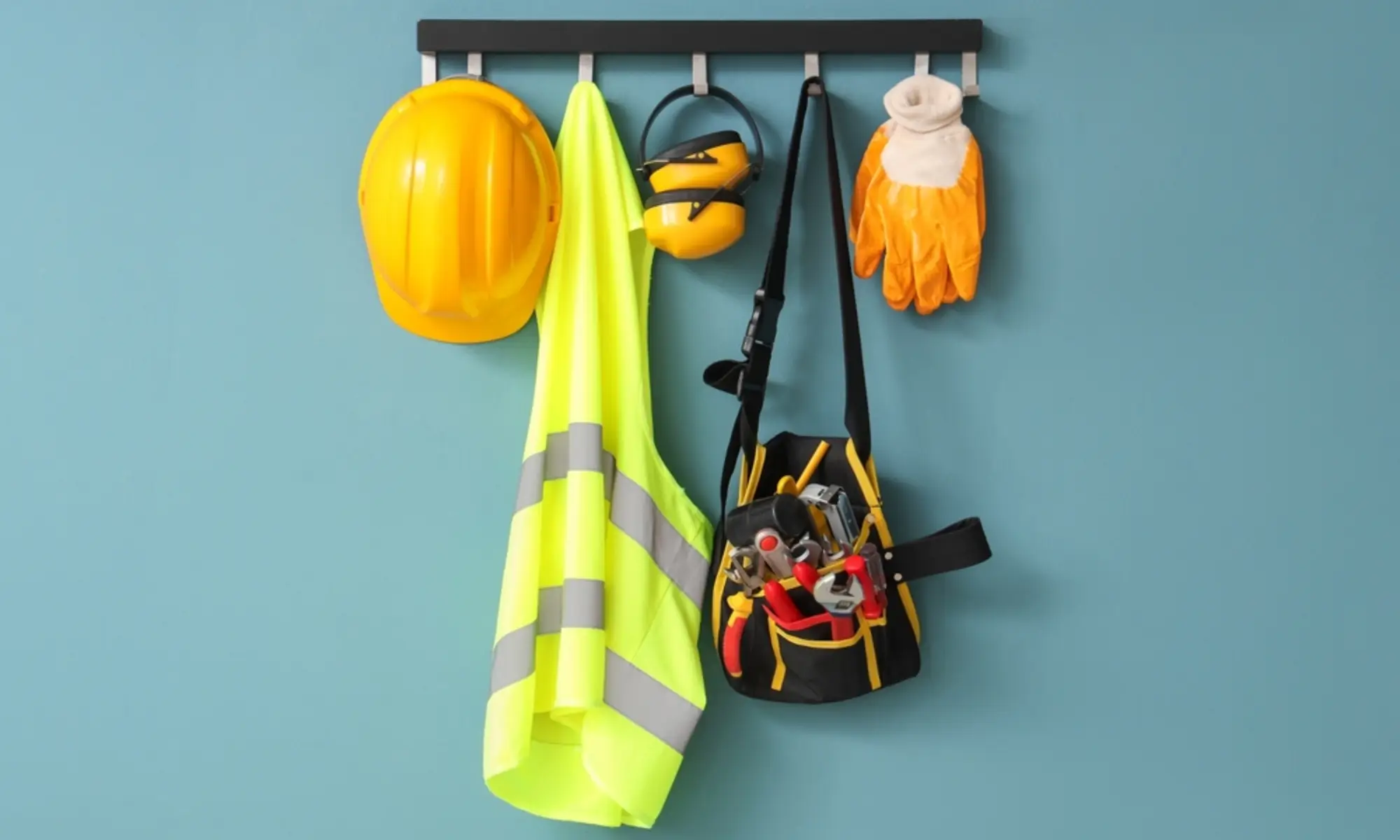In today’s workplace environments, ensuring the safety and well-being of employees is paramount. A Personal Protective Equipment (PPE) Program serves as a critical component in safeguarding workers from various occupational hazards. But what exactly is a PPE Program, and why is it essential for every organization?
This comprehensive guide delves into the fundamentals of a PPE Program, its key elements, and best practices to implement an effective safety strategy.
Introduction to PPE Programs
A Personal Protective Equipment (PPE) Program is a structured approach designed to protect employees from workplace hazards that cannot be eliminated or sufficiently controlled through other means. According to the Occupational Safety and Health Administration (OSHA), PPE includes items such as gloves, safety glasses, helmets, and respirators that are worn to minimize exposure to various risks.
Implementing a robust PPE Program not only complies with regulatory requirements but also fosters a culture of safety, reducing the likelihood of workplace injuries and illnesses.

Key Elements of a PPE Program
An effective PPE Program encompasses several critical components that work in harmony to ensure comprehensive protection for employees.
1. Hazard Assessment
Hazard Assessment is the cornerstone of any PPE Program. It involves systematically identifying and evaluating potential hazards in the workplace that could cause harm to employees. This process includes:
- Walkthrough Surveys: Conducting thorough inspections of the worksite to spot existing and potential hazards.
- Risk Identification: Recognizing hazards related to chemicals, physical agents, biological agents, and ergonomic factors.
- Documentation: Keeping detailed records of identified hazards to inform PPE selection and program adjustments.
2. Selecting Appropriate PPE
Once hazards are identified, the next step is selecting the appropriate PPE to mitigate those risks. Key considerations include:
- Type of Hazard: Different hazards require specific types of PPE (e.g., gloves for chemical exposure, helmets for head protection).
- Fit and Comfort: Ensuring that PPE fits correctly to maximize protection and encourage consistent use.
- Compliance with Standards: Selecting PPE that meets or exceeds industry standards (e.g., ANSI, OSHA).
3. Proper Fitting of PPE
Proper fitting is essential for the effectiveness of PPE. Ill-fitting equipment can compromise safety and reduce worker compliance. Steps to ensure proper fitting include:
- Individual Assessments: Fitting PPE to each employee’s measurements.
- Adjustability: Choosing PPE with adjustable features to accommodate different body types.
- User Training: Educating employees on how to correctly wear and adjust their PPE.
4. Maintenance and Care
Regular maintenance and care of PPE ensure its longevity and effectiveness. This involves:
- Routine Inspections: Checking PPE for damage or wear before each use.
- Cleaning Procedures: Following manufacturer guidelines for cleaning and disinfecting PPE.
- Proper Storage: Storing PPE in designated areas to prevent contamination and damage.
5. Training and Education
Training is a vital component that empowers employees to use PPE correctly and understand its limitations. Effective training programs should cover:
- When to Use PPE: Identifying situations that require PPE.
- How to Use PPE: Demonstrating the correct way to don, doff, and adjust PPE.
- Care and Maintenance: Instructing on proper cleaning and storage practices.
- Limitations of PPE: Educating about what PPE can and cannot protect against.
6. Program Evaluation
Continuous evaluation ensures that the PPE Program remains effective and up-to-date. This includes:
- Regular Audits: Assessing the program’s performance and identifying areas for improvement.
- Feedback Mechanisms: Encouraging employees to provide input on PPE effectiveness and comfort.
- Updating Protocols: Revising the program based on new hazards, technological advancements, or regulatory changes.

Responsibilities Within a PPE Program
A Personal Protective Equipment (PPE) Program relies on clearly defined roles to ensure workplace safety. Here’s a concise overview of the key responsibilities:
1. Management
Management plays a pivotal role in the establishment, implementation, and maintenance of a PPE Program. Their responsibilities include:
- Develop Policies: Establish safety guidelines and allocate resources for PPE.
- Conduct Hazard Assessments: Identify workplace hazards and determine necessary PPE.
- Select and Procure PPE: Choose appropriate equipment that meets safety standards.
- Provide Training: Ensure employees are educated on proper PPE use and maintenance.
- Promote Safety Culture: Lead by example and encourage reporting of PPE issues.
2. Supervisors
Supervisors act as the bridge between management and employees, ensuring that PPE policies are effectively implemented on the ground. Their responsibilities include:
- Enforce PPE Usage: Monitor compliance and address non-compliance promptly.
- Assist with Hazard Assessments: Help identify specific risks related to tasks.
- Maintain PPE: Ensure equipment is clean, functional, and replaced when necessary.
- Support Training: Offer hands-on training and reinforce safety practices.
3. Employees
Employees are the frontline users of PPE and play a crucial role in the effectiveness of the PPE Program. Their responsibilities include:
- Use PPE Correctly: Wear PPE as required and follow usage guidelines.
- Maintain PPE: Keep equipment clean and report any damage or issues.
- Participate in Training: Attend all training sessions and stay informed about PPE protocols.
- Promote Safety: Encourage peers to use PPE and share feedback for program improvements.
4. Safety Officers/Specialists
In addition to management, supervisors, and employees, Safety Officers or Safety Specialists often play a specialized role within the PPE Program. Their responsibilities include:
- Oversee the Program: Ensure the PPE Program meets safety standards and regulations.
- Conduct Audits: Regularly inspect and evaluate the effectiveness of the PPE Program.
- Provide Expertise: Offer specialized knowledge and support for complex safety issues.
- Investigate Incidents: Analyze accidents related to PPE failures and recommend improvements.
5. External Stakeholders
While internal roles are critical, external stakeholders such as PPE suppliers, regulatory bodies, and safety consultants also influence the effectiveness of a PPE Program.
- Suppliers: Provide high-quality PPE that meets industry standards.
- Regulatory Bodies: Set and enforce safety regulations that the PPE Program must follow.
- Safety Consultants: Offer expert advice to enhance and tailor the PPE Program to specific workplace needs.
Collaboration for Success
A successful PPE Program relies on collaboration and communication among all parties involved. Here are some best practices to ensure effective cooperation: Effective PPE Programs require teamwork and communication:
- Regular Meetings: Hold safety briefings to discuss PPE usage and address concerns.
- Feedback Mechanisms: Encourage employees to share their experiences and suggestions.
- Continuous Improvement: Update PPE selections and safety protocols based on feedback and new safety information.
Clearly defined responsibilities ensure that everyone—from management to employees—plays a vital role in maintaining a safe work environment. By working together, organizations can effectively implement and sustain a PPE Program that protects all workers.

Benefits of an Effective PPE Program
Implementing a Personal Protective Equipment (PPE) Program is not just a regulatory requirement but a strategic investment in your organization’s safety and productivity. An effective PPE Program offers numerous advantages that extend beyond mere compliance, fostering a safer and more efficient workplace. Here are the key benefits of maintaining a robust PPE Program:
1. Reduced Workplace Injuries and Illnesses
One of the most significant benefits of an effective PPE Program is the substantial reduction in workplace injuries and illnesses. By providing appropriate PPE, employers can protect employees from various hazards, including:
- Physical Injuries: Protection against cuts, abrasions, burns, and impacts.
- Chemical Exposure: Safeguarding against harmful chemicals and vapors.
- Biological Hazards: Preventing infections from biological agents.
- Environmental Risks: Shielding workers from extreme temperatures and airborne particles.
2. Regulatory Compliance
Adhering to Occupational Safety and Health Administration (OSHA) standards and other regulatory requirements is crucial for any organization. An effective PPE Program ensures:
- Legal Compliance: Avoidance of fines, penalties, and legal actions by meeting all safety regulations.
- Inspections Preparedness: Readiness for OSHA inspections with well-documented PPE policies and training records.
- Certification Maintenance: Keeping up-to-date with necessary certifications and safety standards.
3. Increased Productivity and Efficiency
A safe work environment directly correlates with higher productivity levels. Benefits include:
- Fewer Downtimes: Reduced incidents lead to fewer work stoppages and less time lost to accidents.
- Enhanced Focus: Employees can concentrate better on their tasks without the fear of injuries.
- Consistent Workflow: A reliable PPE Program ensures that safety measures do not disrupt daily operations.
4. Cost Savings
Investing in a PPE Program can lead to significant cost savings for organizations by:
- Lower Medical Expenses: Decreasing the costs associated with workplace injuries and illnesses.
- Reduced Workers’ Compensation Claims: Fewer claims result in lower insurance premiums and costs.
- Minimized Equipment Damage: Protecting both employees and company assets from harm.
5. Enhanced Employee Morale and Retention
A commitment to employee safety fosters a positive work environment, leading to:
- Increased Job Satisfaction: Employees feel valued and protected, boosting their overall satisfaction.
- Higher Retention Rates: A safe workplace reduces turnover rates as employees are more likely to stay with an employer who prioritizes their well-being.
- Attraction of Talent: Organizations known for their strong safety culture attract skilled and conscientious workers.
6. Improved Reputation and Trust
A strong PPE Program enhances an organization’s reputation both internally and externally:
- Trust Among Employees: Building trust through consistent safety practices and transparent communication.
- Positive Public Image: Demonstrating a commitment to safety can enhance relationships with clients, partners, and the community.
- Competitive Advantage: A reputation for safety can differentiate your organization in the marketplace.
7. Lower Insurance Premiums
Insurance providers often offer lower premiums to organizations with comprehensive safety programs, including effective PPE strategies. Benefits include:
- Risk Mitigation: Demonstrating proactive risk management reduces the likelihood of claims.
- Cost-Effective Coverage: Lower premiums translate to reduced operational costs over time.
8. Prevention of Occupational Illnesses
Long-term health issues can result from prolonged exposure to workplace hazards. An effective PPE Program helps in:
- Chronic Disease Prevention: Protecting against conditions like respiratory illnesses, hearing loss, and skin disorders.
- Enhanced Health Outcomes: Promoting overall employee health and reducing absenteeism due to illness.
9. Legal Protection
In the event of an incident, having a well-documented PPE Program can provide legal protection by:
- Demonstrating Due Diligence: Showing that the organization took all necessary steps to ensure employee safety.
- Supporting Defense Claims: Providing evidence of compliance and proactive safety measures in legal disputes.
An effective Personal Protective Equipment (PPE) Program offers multifaceted benefits that enhance workplace safety, ensure regulatory compliance, and contribute to the overall success of an organization. By investing in a comprehensive PPE Program, employers not only protect their most valuable asset—their employees—but also drive productivity, reduce costs, and build a reputable and trustworthy brand. Prioritizing PPE is a proactive approach to creating a safer, healthier, and more efficient work environment for everyone involved.
Conclusion
A Personal Protective Equipment (PPE) Program is indispensable for maintaining a safe and healthy workplace. By systematically assessing hazards, selecting appropriate PPE, ensuring proper fitting, maintaining equipment, providing thorough training, and continuously evaluating the program, organizations can significantly reduce the risk of workplace injuries and foster a culture of safety. Investing in a robust PPE Program not only protects employees but also enhances overall organizational efficiency and compliance.

